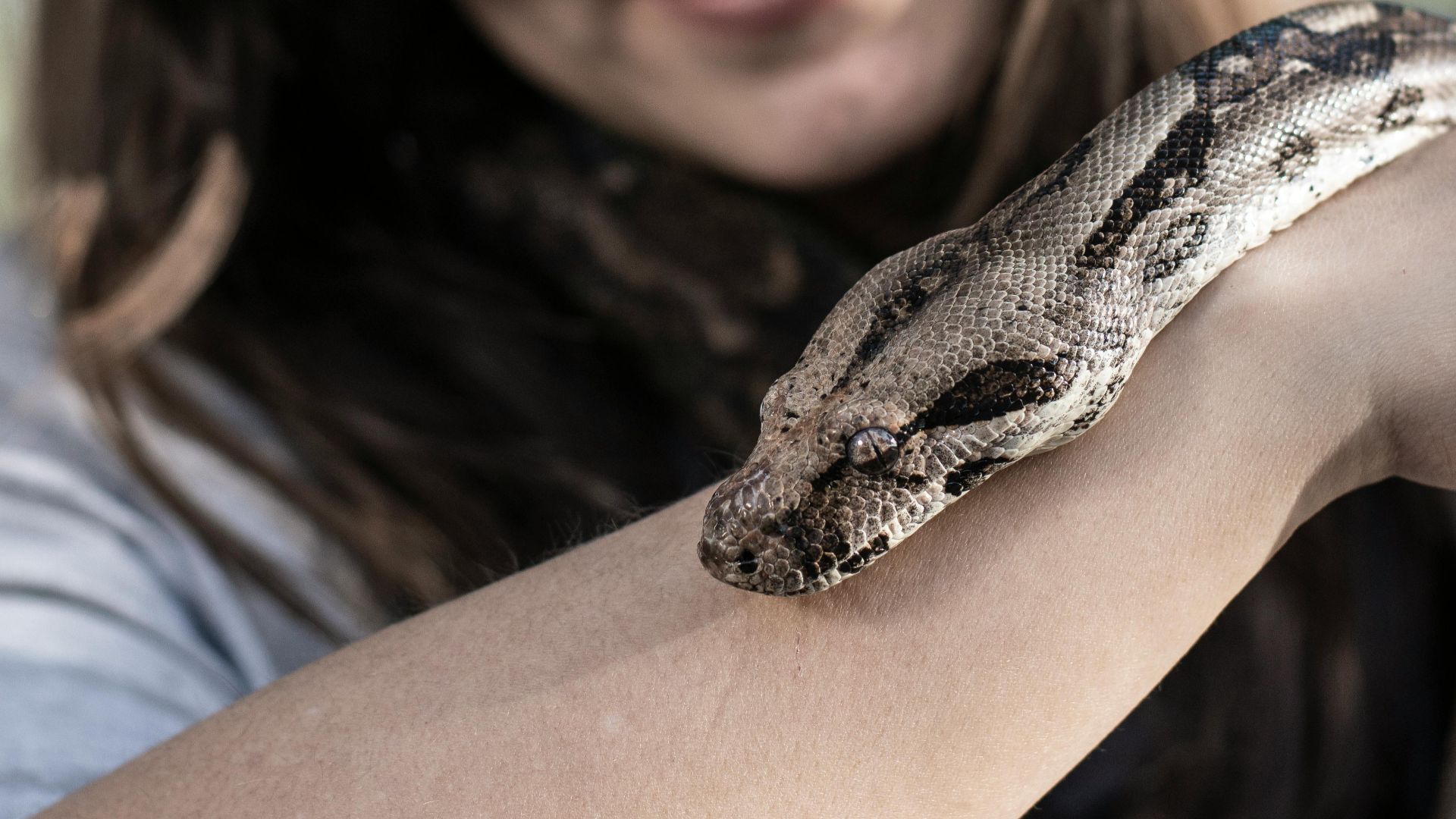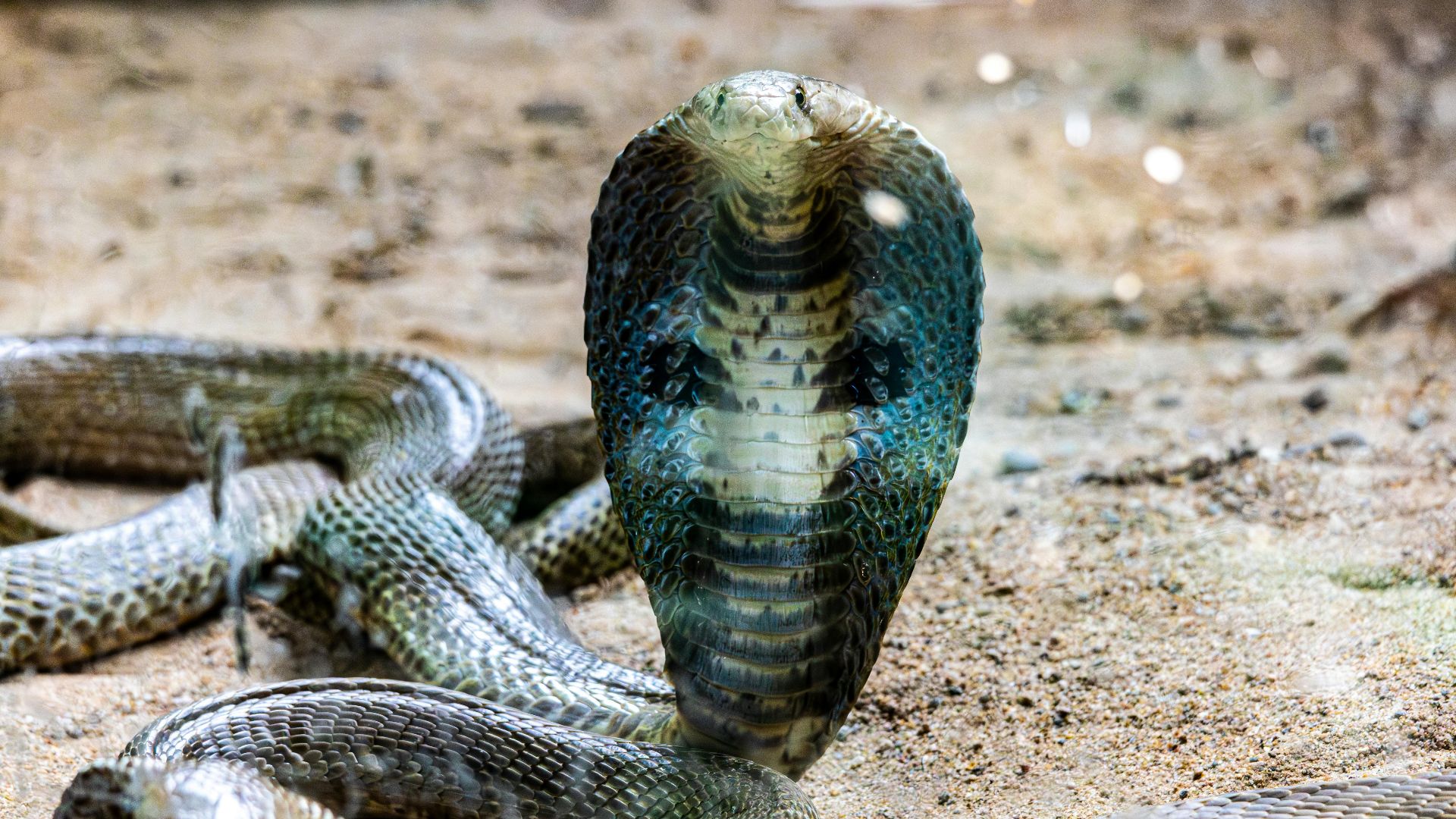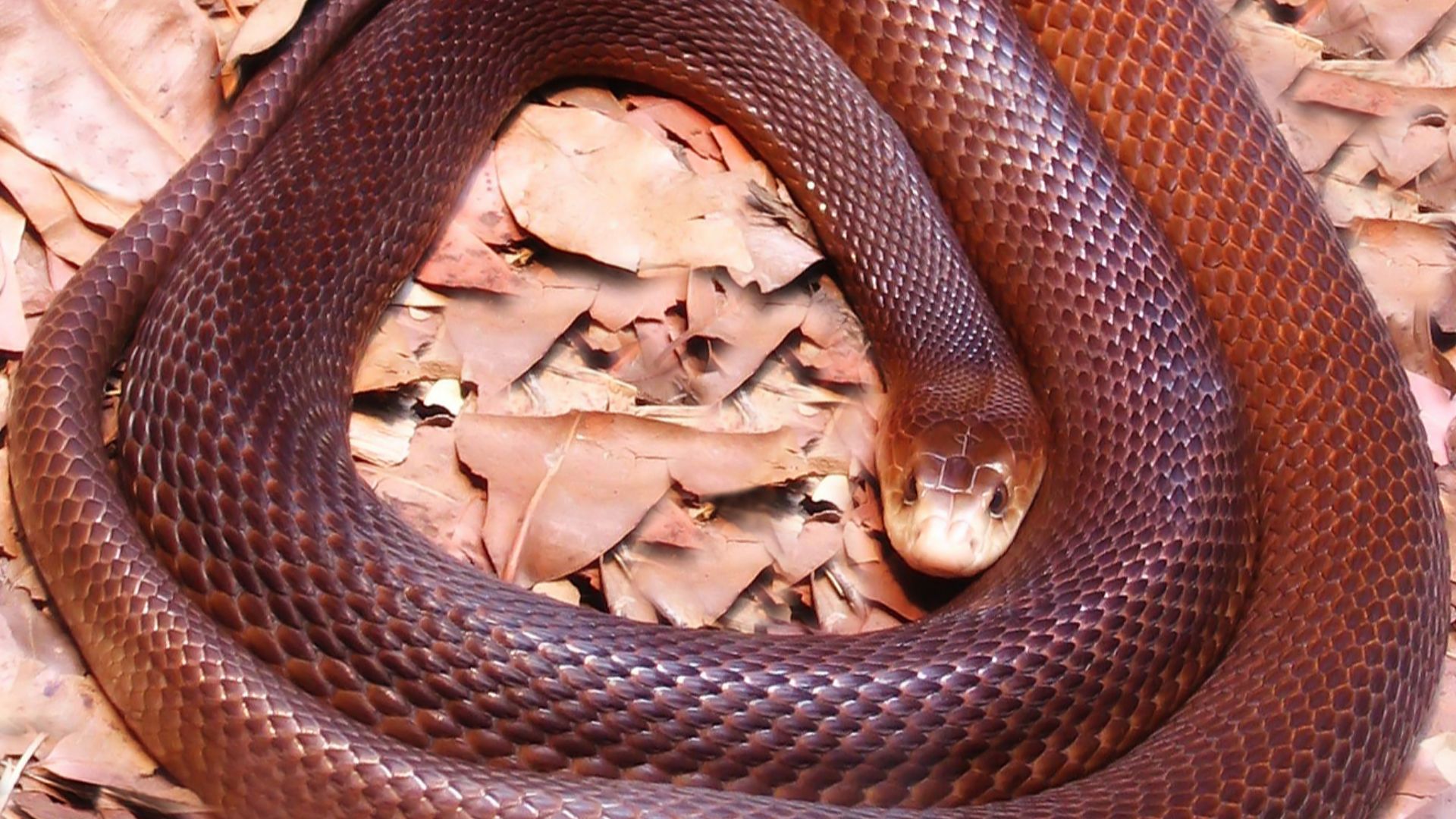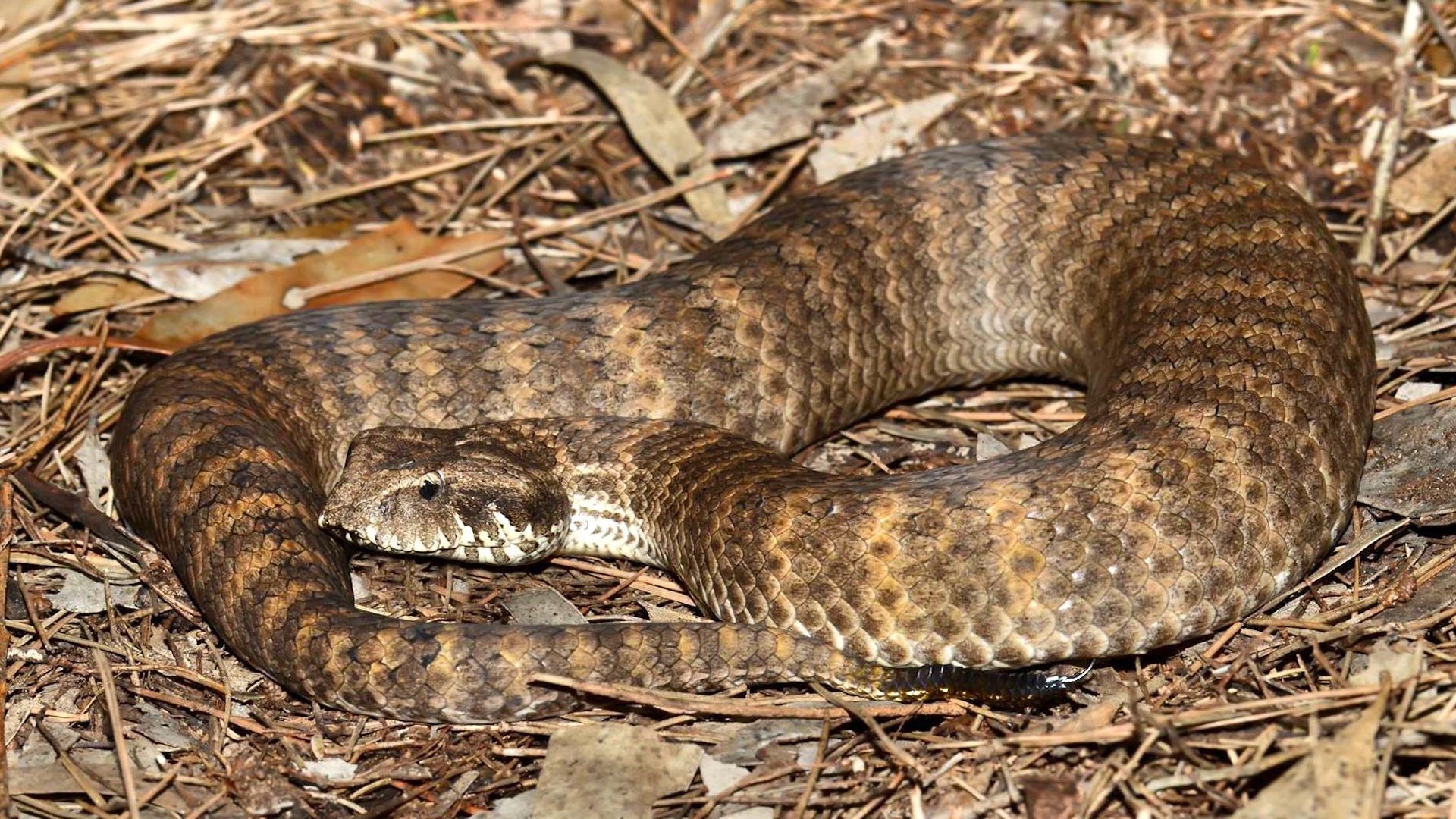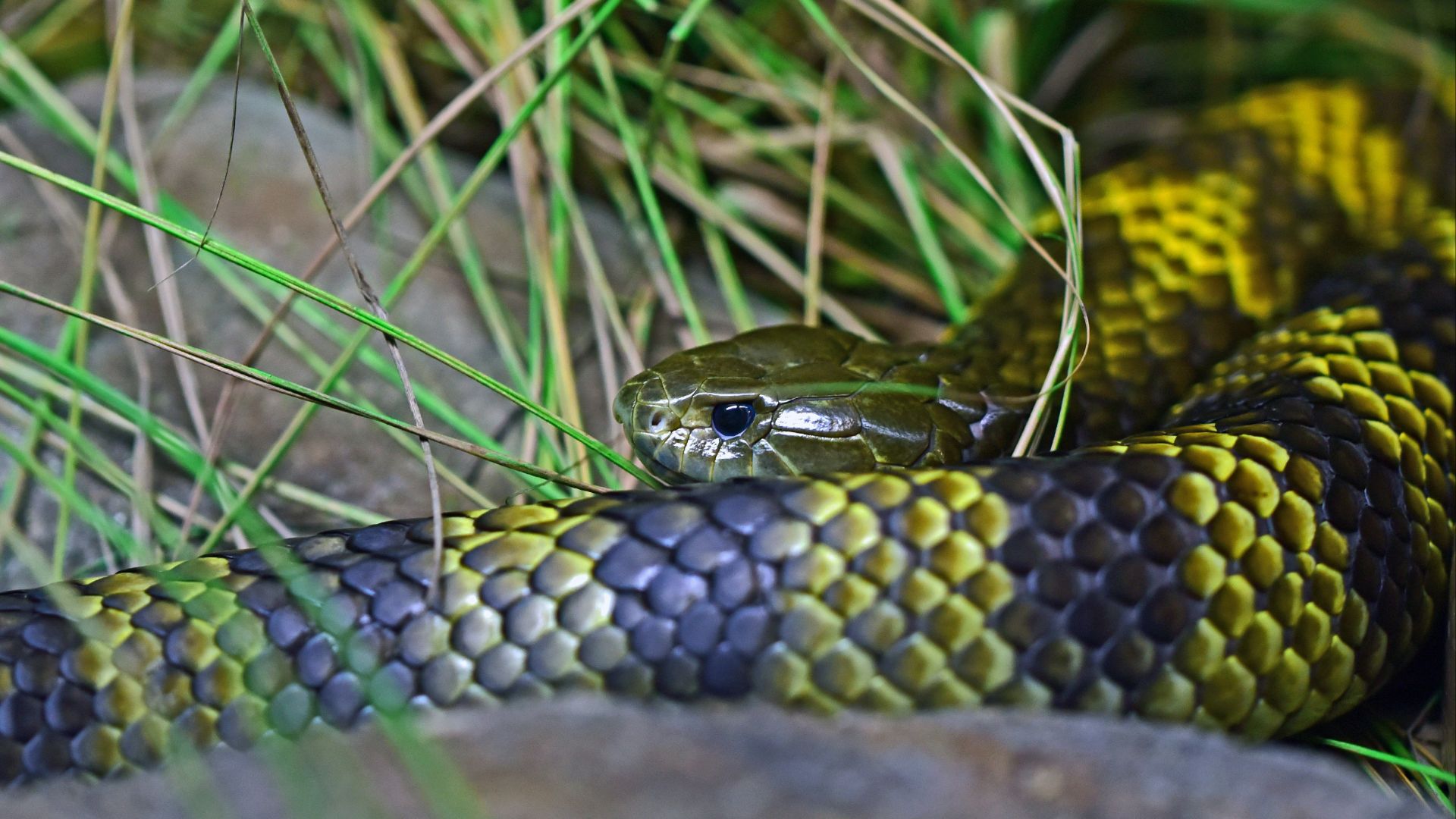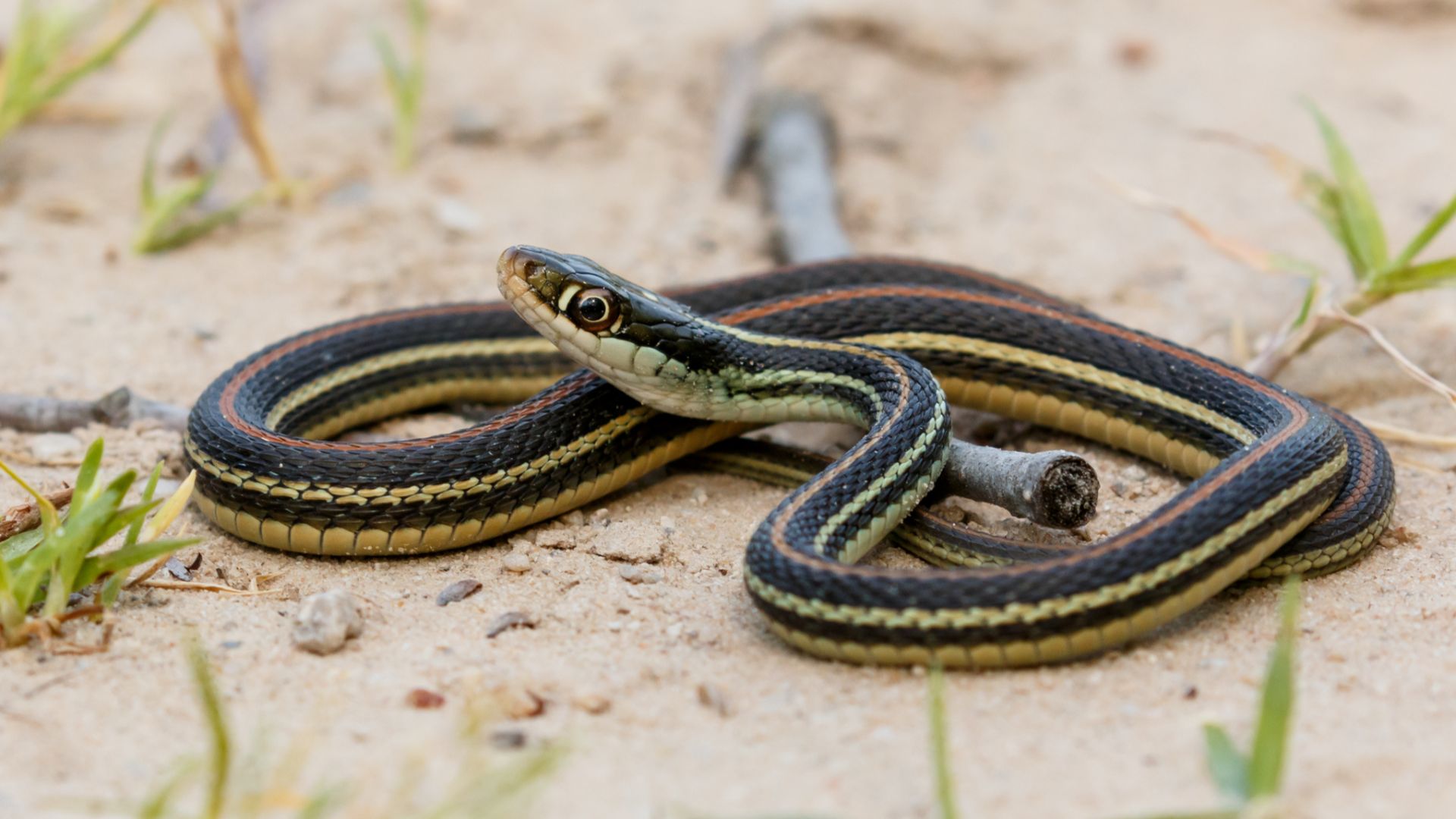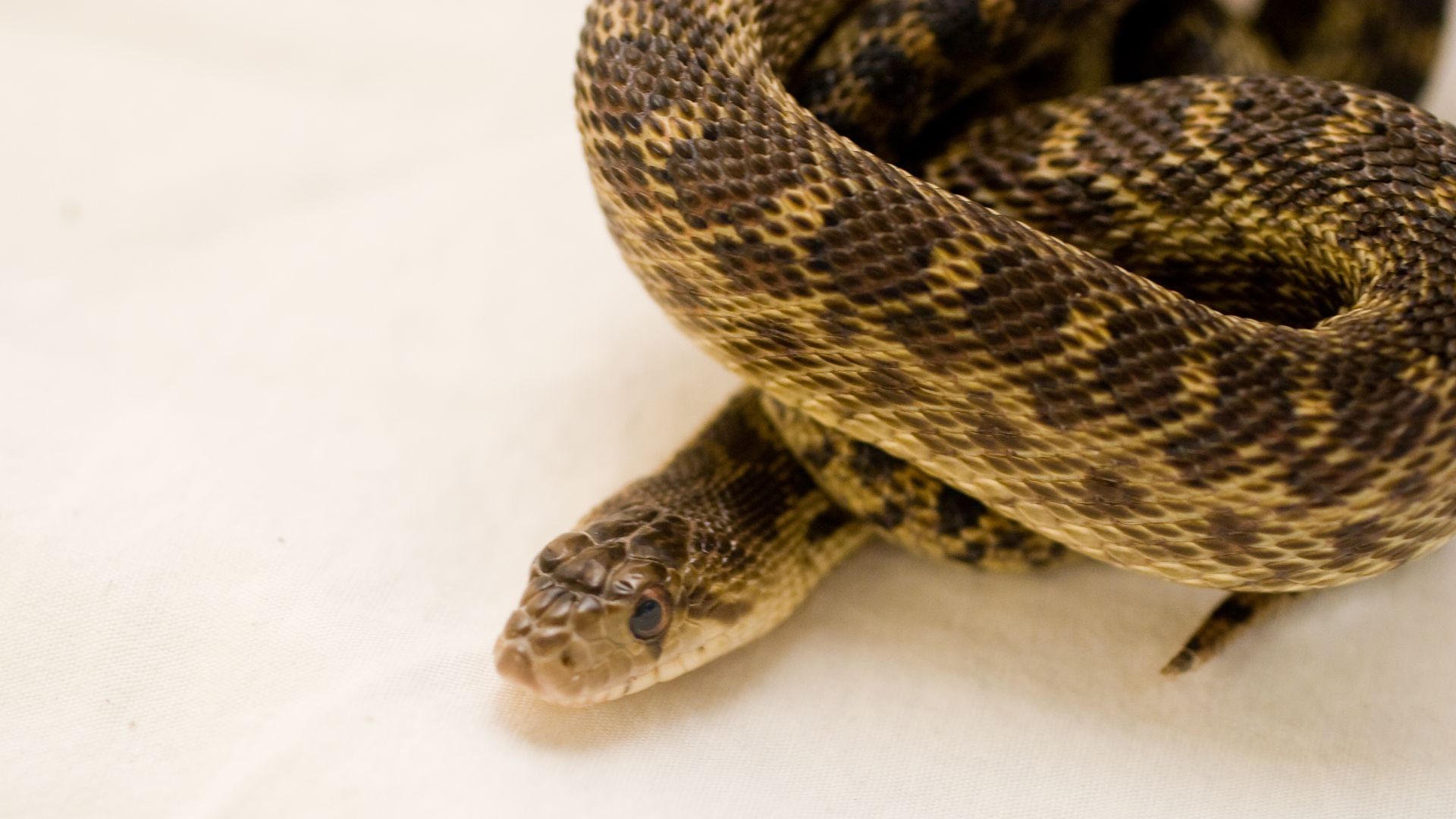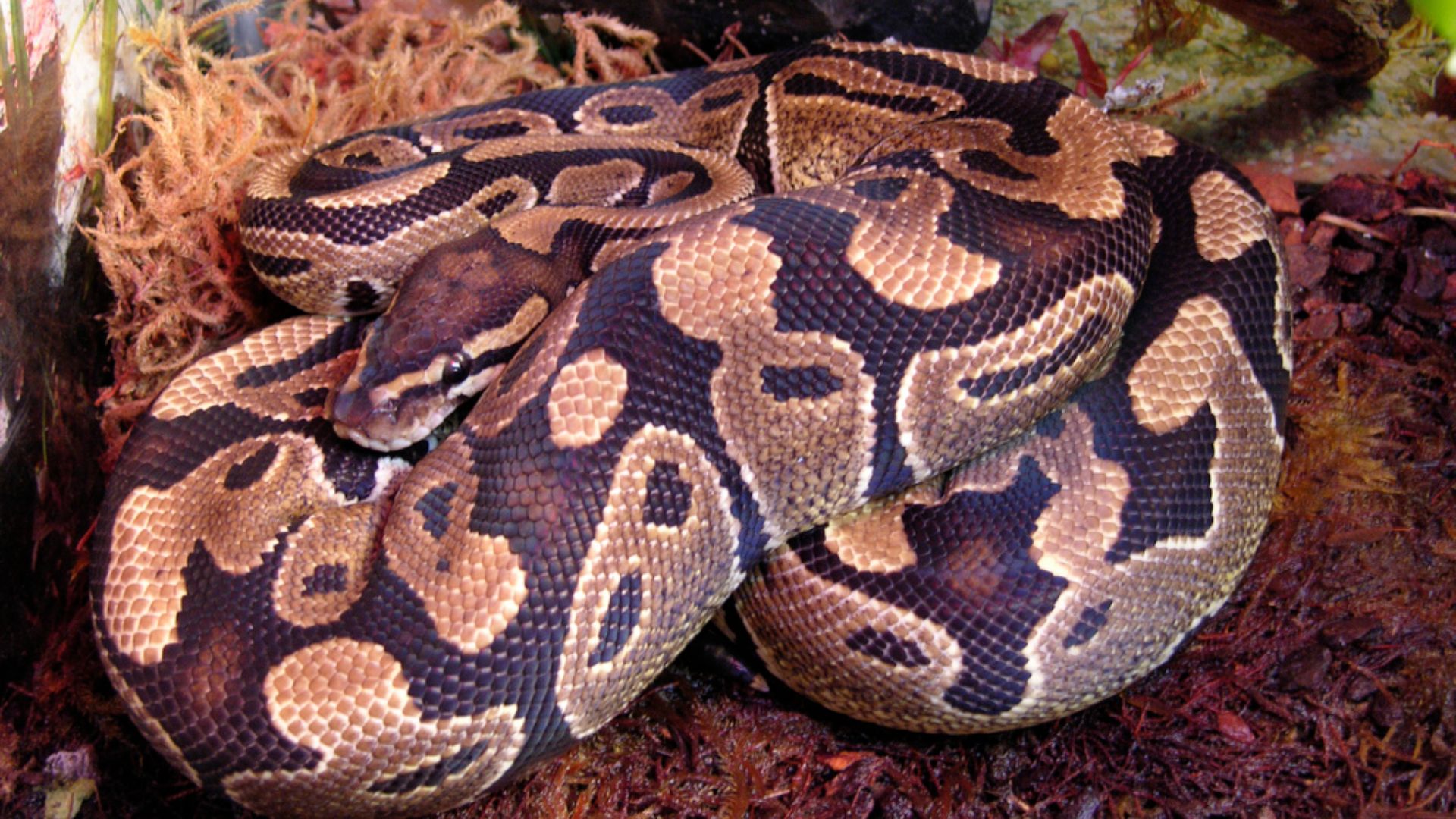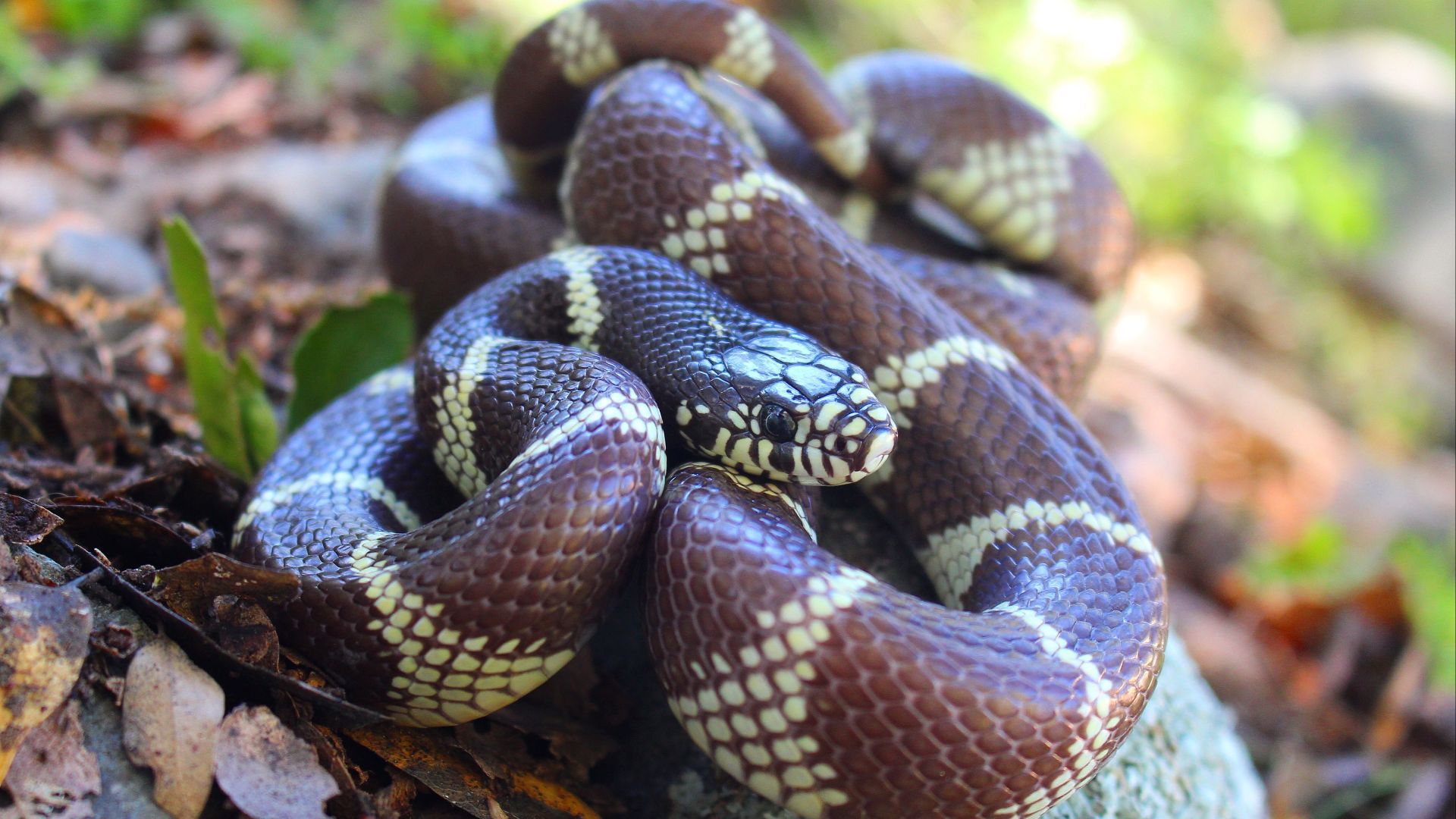Which Snakes to Stay Away From & Which to Befriend
Do you have a phobia of snakes? We get it—these slithering creatures can be frightening, no matter how colorful or beautiful their scales are. But out of the roughly 4,000 snake species that exist, only a fraction—about 600—are venomous, and even fewer are lethal enough to severely harm a human. Still, it'll help to know which types are friend or foe, so here are 10 poisonous snakes you should always avoid—and 10 that are harmless.
1. Black Mamba
Native to sub-Saharan Africa and named after the interior of its black, inky maw, a bite from a black mamba is almost always fatal—in fact, it can kill you with just two drops of its venom. Without proper treatment and quick action, its toxins can prevent your nerve cells from functioning correctly, causing paralysis and, eventually, cardiac arrest.
2. Eastern Brown Snake
Deemed Australia’s deadliest snake species, it takes just 15 minutes for an eastern brown snake to kill you. But perhaps more insidious is that its bite is painless, and even up until the moments before its toxins attack your body—causing internal bleeding and eventual paralysis—you’ll feel absolutely fine.
3. King Cobra
The king cobra doesn’t just take the title of being one of the most lethal snakes in the world, but it’s also the longest venomous snake, measuring up to 18 ft (5.4 m). Extremely vicious, it often doesn’t just strike once; instead, it typically attacks three to four times in quick succession, and each bite contains about 7 ml of venom.
4. Many-Banded Krait
Endemic to parts of Asia and sometimes known as the Taiwanese or Chinese krait, the venom of this snake is extremely potent, causing paralysis and respiratory failure. But because symptoms don’t immediately show, and neither will the victim feel any pain or swelling in the area, many may not get the antidote needed to save their life until it’s too late.
5. Coastal Taipan
Not only does a coastal taipan mature quickly, it can also move incredibly fast, with speeds of up to 15 km/h. When it feels threatened, it can also lift its entire body off the ground to pounce—fangs-first—and attack its victim, and neurotoxins from its bite can almost immediately incapacitate you.
6. Inland Taipan
Unlike the coastal taipan, which thrives in wet forests and environments of Australia’s tropical coast, the inland taipan inhabits the soil plains and rocky outcrops of Queensland and South Australia. It’s considered more shy and reclusive than its coastal cousin, though its bite is no less lethal.
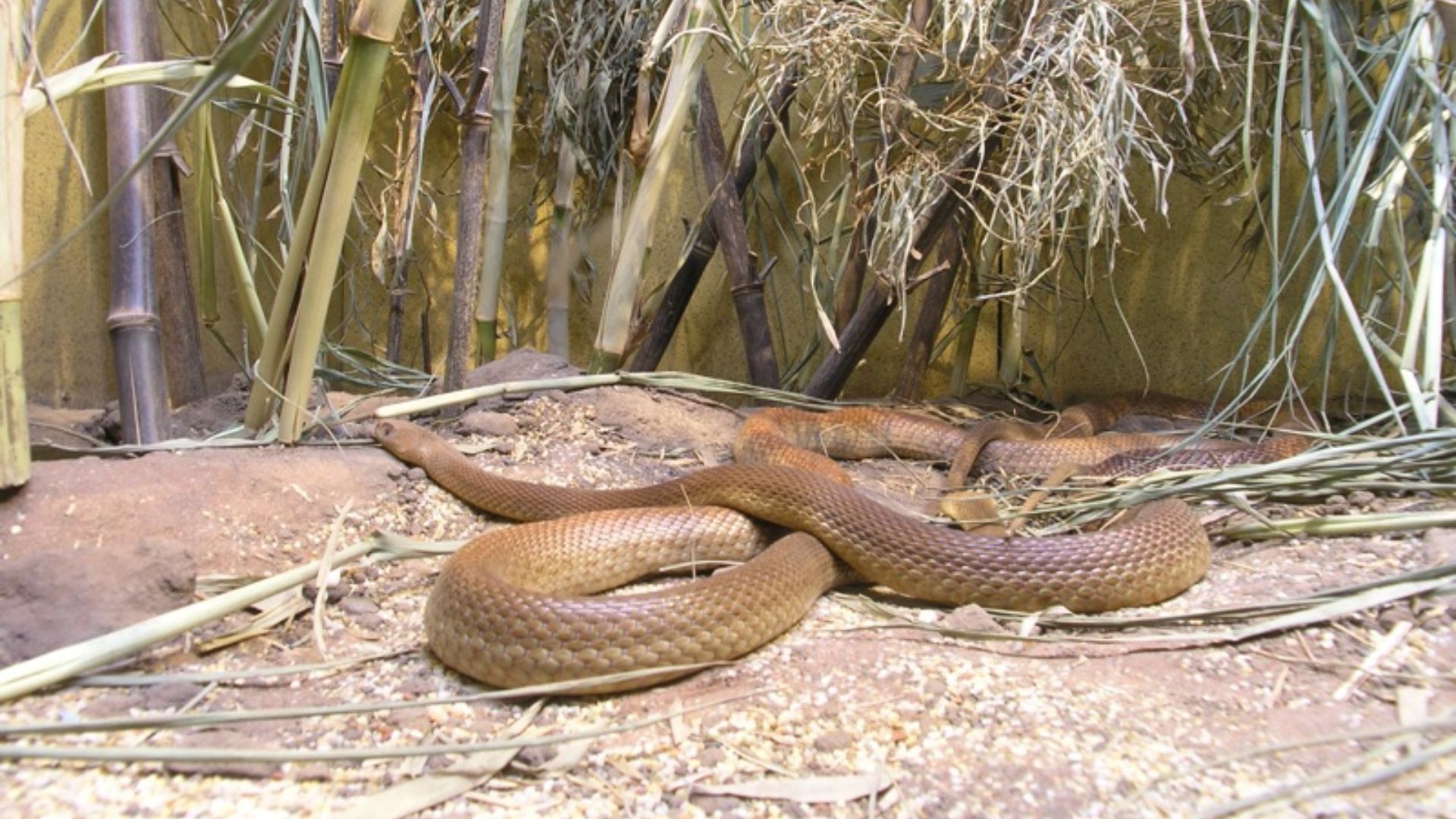 Charlie Brewer from Sydney, Australia on Wikimedia
Charlie Brewer from Sydney, Australia on Wikimedia
7. Death Adder
Another species endemic to Australia is the death adder. As an ambush predator, it often doesn’t strike until it has its prey right where it wants them. While human victims are rare and often occur due to an accident, toxins from this snake can paralyze the body and lead to death.
8. Tiger Snake
The tiger snake is also native to Australia and is aptly named for its black and yellow stripes, though not all sport this pattern. Its potent bite can kill you in just 15 minutes. Thankfully, deaths from it are rare, with only one to two deaths reported each year. You’re much more likely to fall off a tree to your demise than be bitten by one.
9. Russell’s Viper
Widely recognized by its distinctive ringed splotches against its brown body, the Russell's viper can be found in grassy areas around Asia, particularly in India and China. Unlike other species whose venom contains neurotoxins, which affect the nerves, this snake’s poison is hemotoxic, causing blood clots, extreme pain, and permanent damage to tissues.
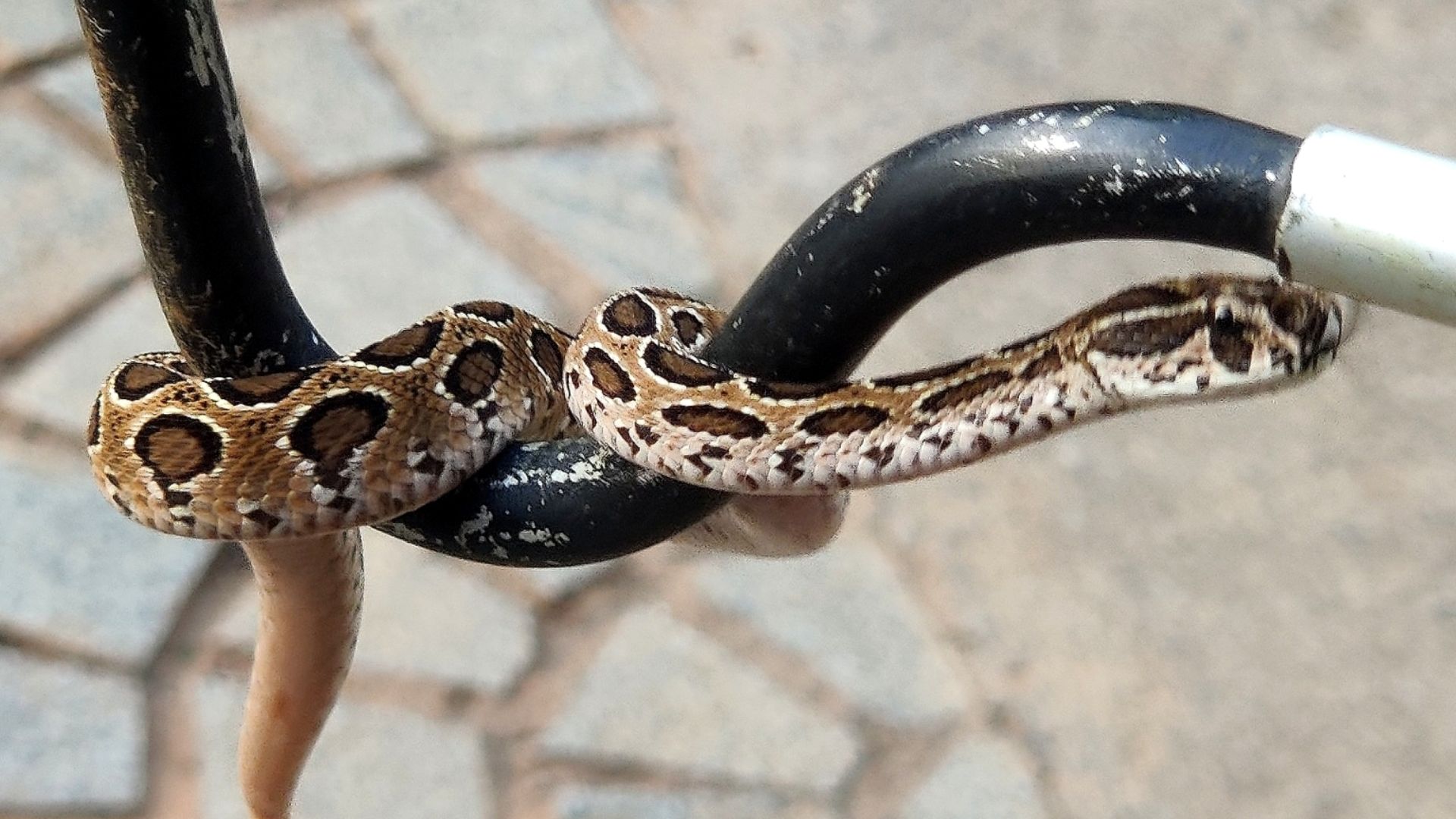 Chayant Gonsalves on Wikimedia
Chayant Gonsalves on Wikimedia
10. Saw-Scaled Viper
With a mottled body similar to that of Russell’s viper, the saw-scaled viper might not be ferocious in size—measuring only 1-3 ft (0.3-0.9 m), compared to Russell’s viper of 5 ft (1.5 m)—it’s believed to be responsible for the most deaths in India. In fact, it’s claimed that the saw-scaled viper kills at least 5,000 people each year. Its bite can cause internal bleeding and eventual kidney failure.
While you should stay away from these highly venomous snakes, there are other species out there that aren’t as dangerous. Let’s take a look at 10 different ones.
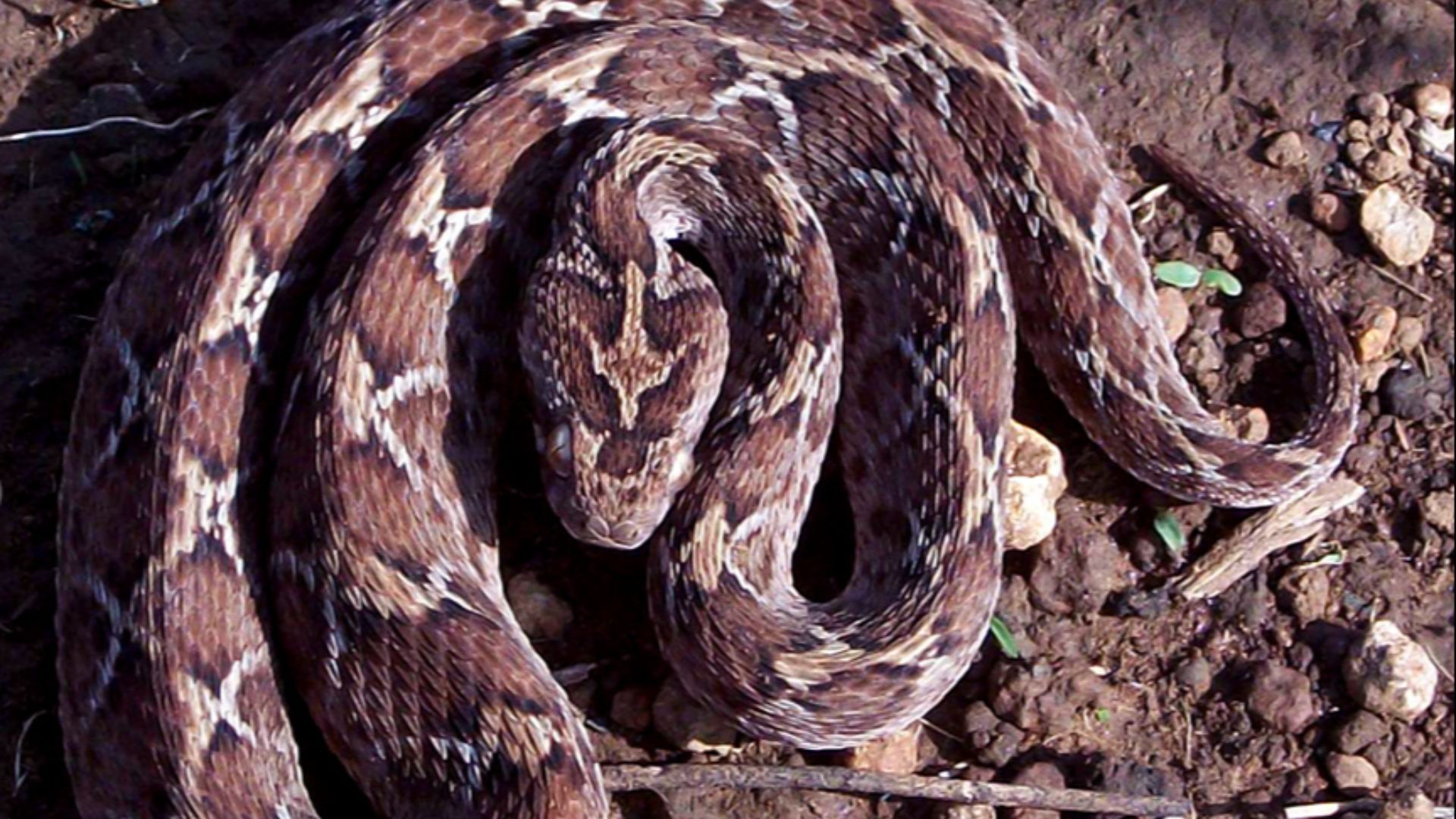 Shantanu Kuveskar on Wikimedia
Shantanu Kuveskar on Wikimedia
1. Rough Green Snake
Native to the southeastern United States and named aptly after their vibrant verdant scales, the rough green snake often hides out in trees rather than hunting on the ground. It’s also sometimes difficult to spot, as it blends in perfectly with its natural habitat.
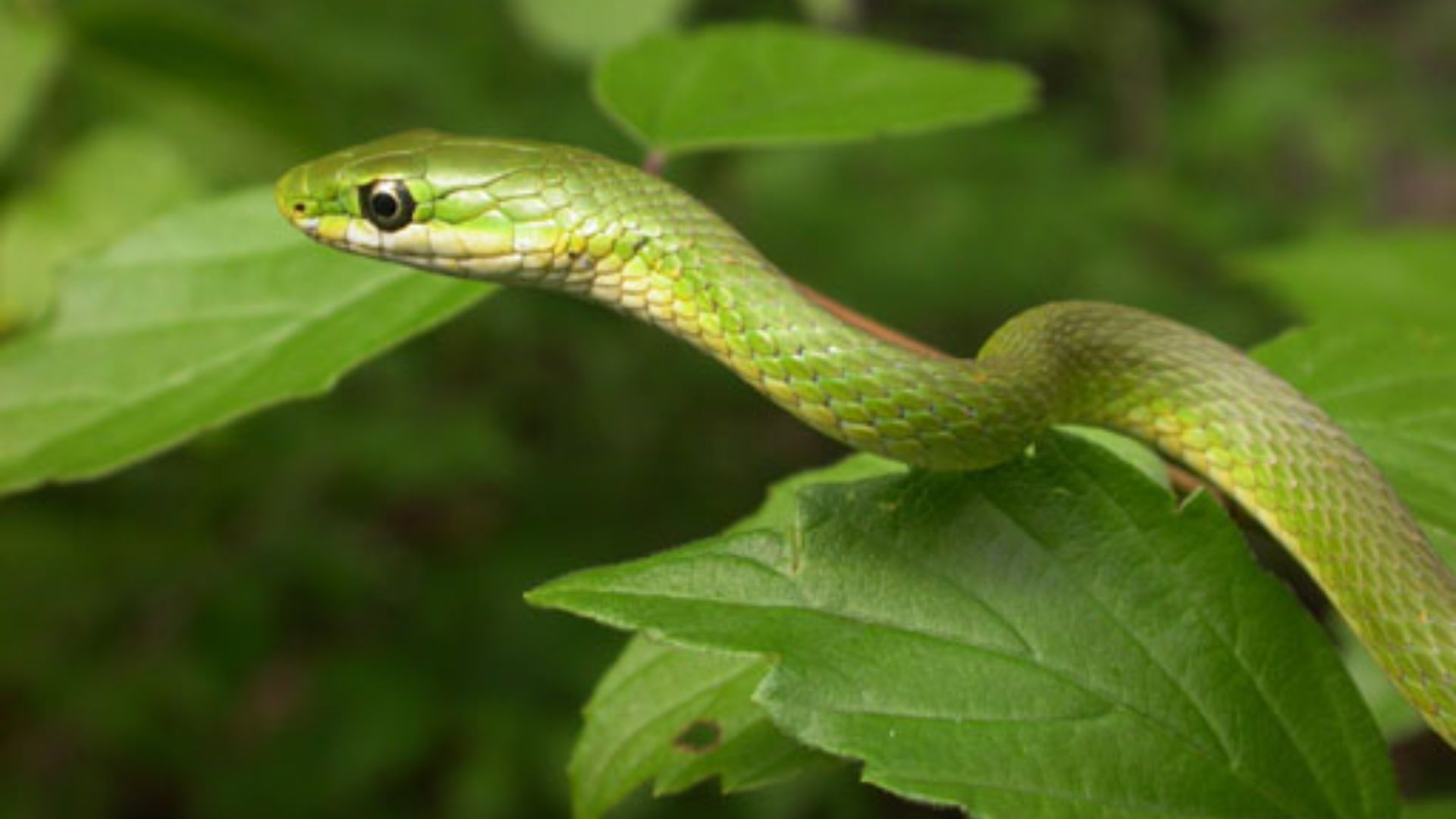 Patrick Coin (Patrick Coin) on Wikimedia
Patrick Coin (Patrick Coin) on Wikimedia
2. Milk Snake
Despite being non-venomous, the milk snake's bright and distinctive red-black-white banding means it sometimes gets mistaken for the lethal coral snake due to their similarities in patterns and colors. Interestingly enough, this phenomenon is called "Batesian mimicry," where harmless species imitate the appearance of predators by way of defense.
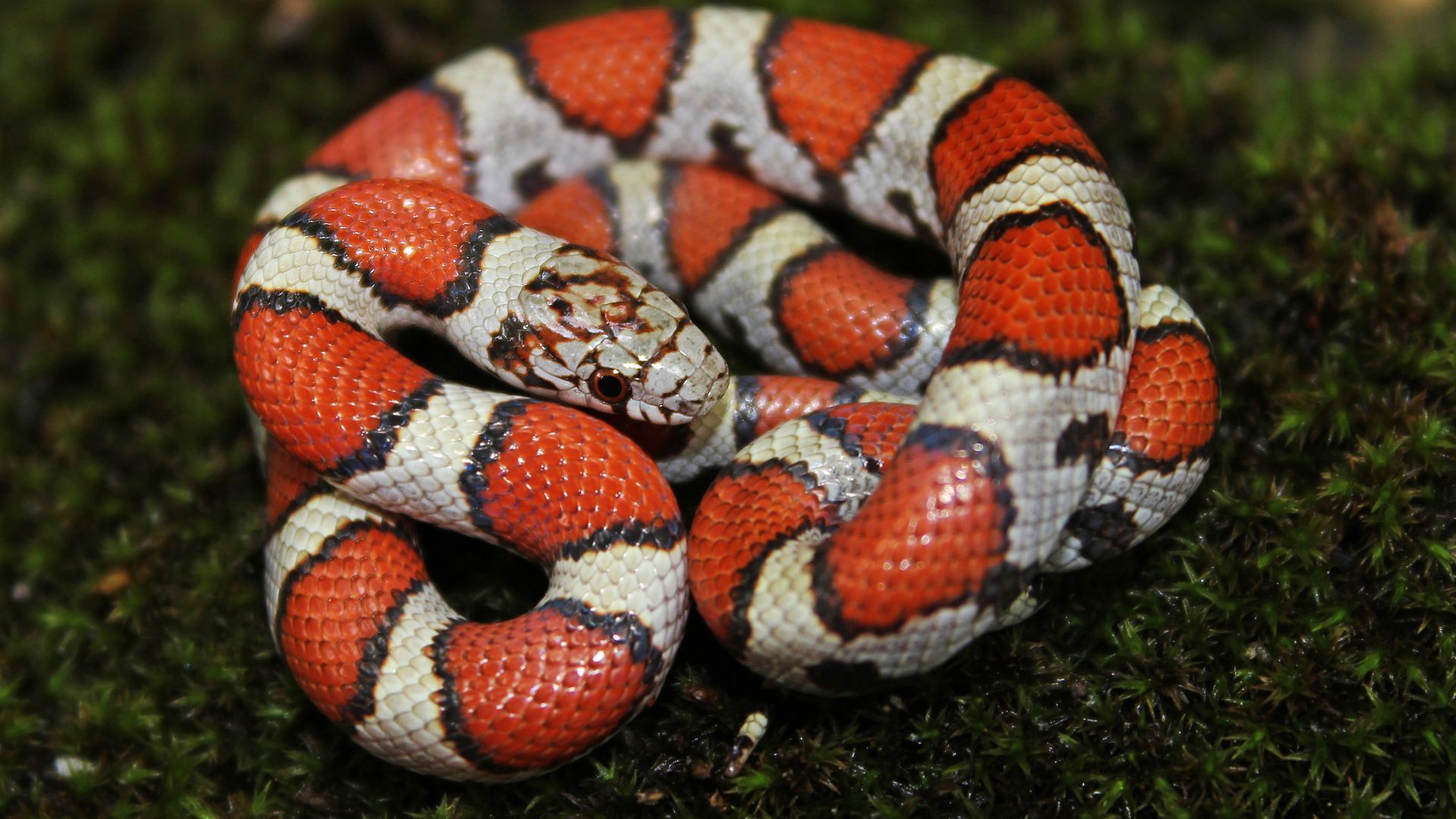 Peter Paplanus from St. Louis, Missouri on Wikimedia
Peter Paplanus from St. Louis, Missouri on Wikimedia
3. Hognose Snake
Known for its upturned nose and flippant behavior, the hognose snake is often called a "drama queen"—it'll play dead when it feels threatened. Despite its attitude, it rarely bites and is typically friendly, making it a popular pet.
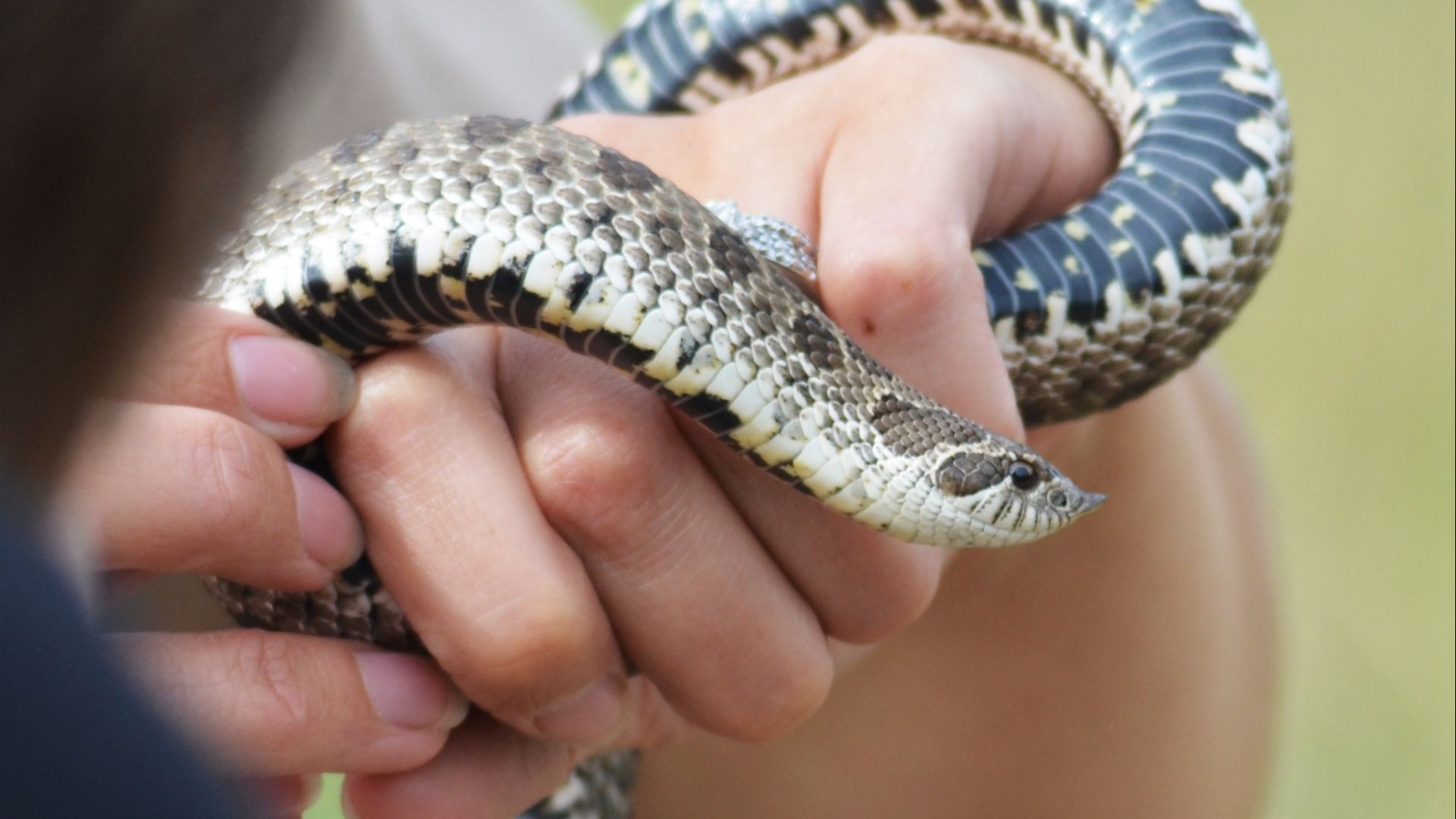 U.S. Fish and Wildlife Service - Midwest Region on Wikimedia
U.S. Fish and Wildlife Service - Midwest Region on Wikimedia
4. Garter Snake
Endemic to North America, the garter snake can also make a great pet, as it's active during the day. While it's non-venomous, it does have rows of teeth that can bite and cause infections. But don't worry—feed it enough worms and rodents and you'll be able to keep it happy.
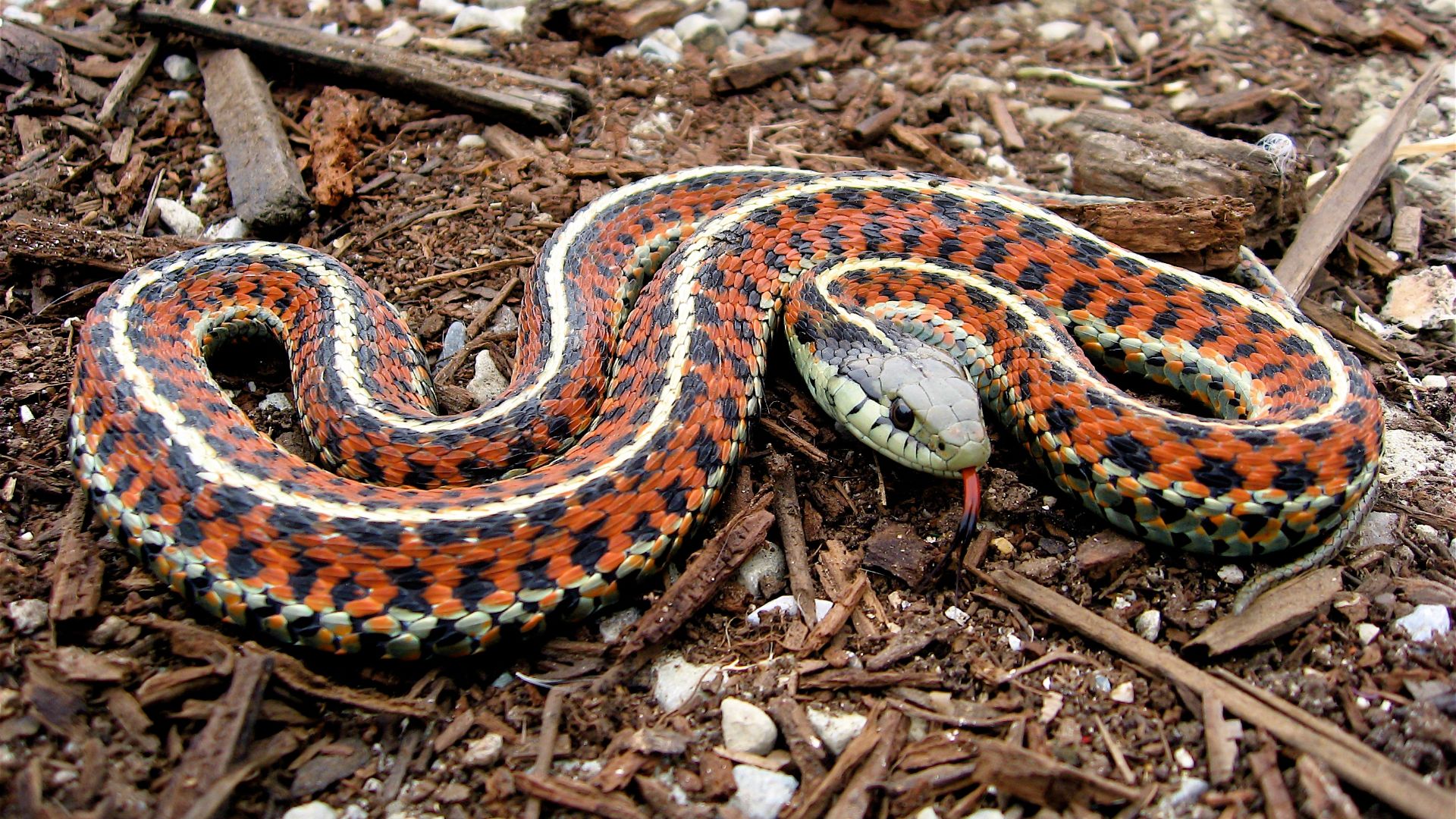 Steve Jurvetson from Menlo Park, USA on Wikimedia
Steve Jurvetson from Menlo Park, USA on Wikimedia
5. Western Ribbon Snake
The Western ribbon snake may look similar to some subspecies of the garter snake, though it's typically skinnier and sport narrower heads. It won't bite unless provoked and it isn't venomous, but its saliva may contain toxic properties, so it's still important to be careful—and gentle—when handling it.
6. Corn Snake
By far the most popular snake to care for as a pet is the corn snake. Docile and easy to handle, this nocturnal snake species isn't venomous, and instead uses constriction to capture prey. With good care, they can live up to 25 years.
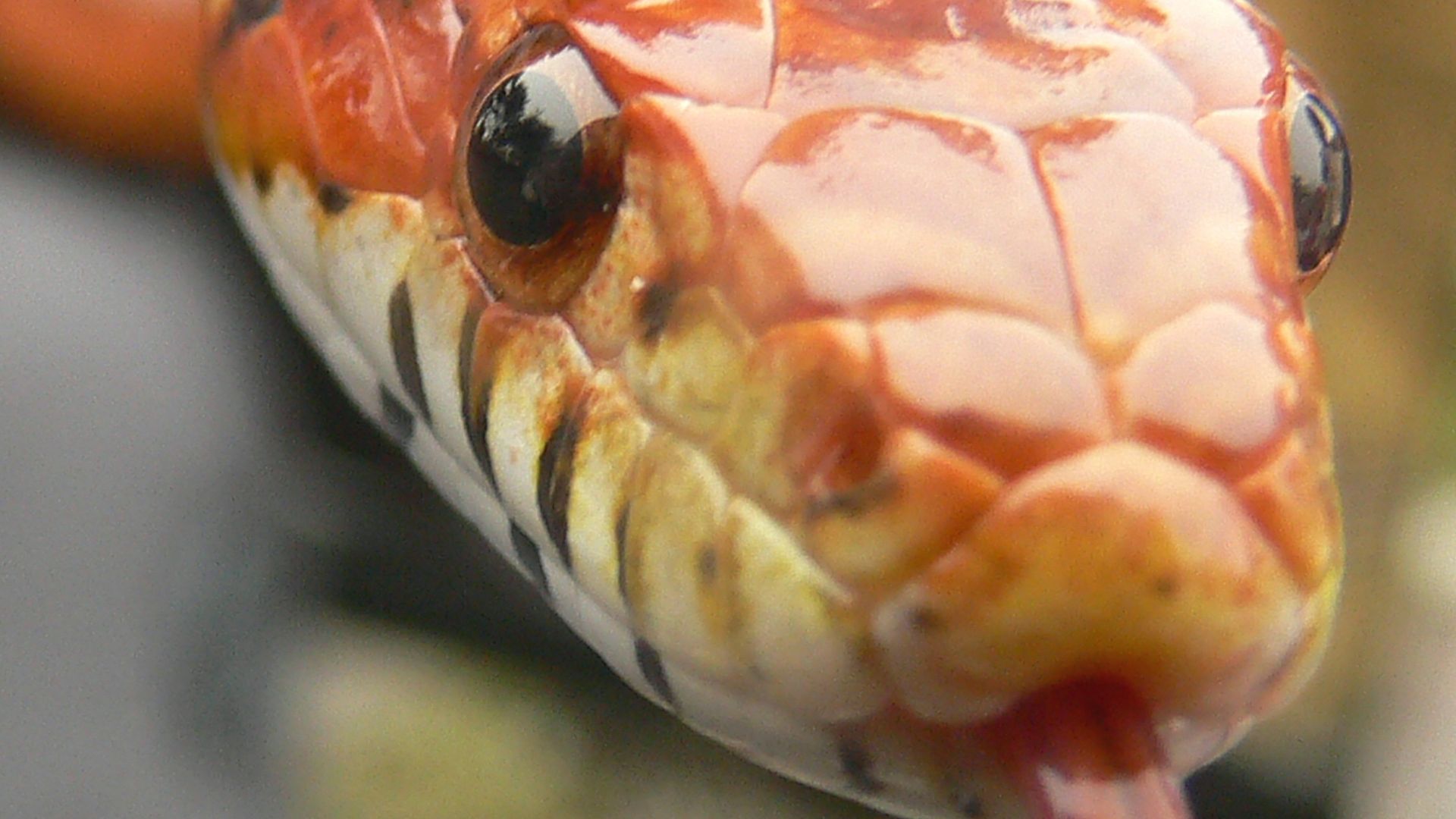 Linda Tanner from Los Osos, California, U.S.A. on Wikimedia
Linda Tanner from Los Osos, California, U.S.A. on Wikimedia
7. Gopher Snake
The gopher snake can be found in western North America and has as many as nine different subspecies. Don't confuse it with a rattlesnake, though—unlike those, this one is non-venomous and has no fangs. However, it may still bite if it feels threatened.
8. Rosy Boa
Native to the US and Mexico, the rosy boa takes its name from its beautiful colors, which can range from brown to blush pink. And, like the corn snake, it's relatively gentle and friendly, making it easy to handle and care for as a pet.
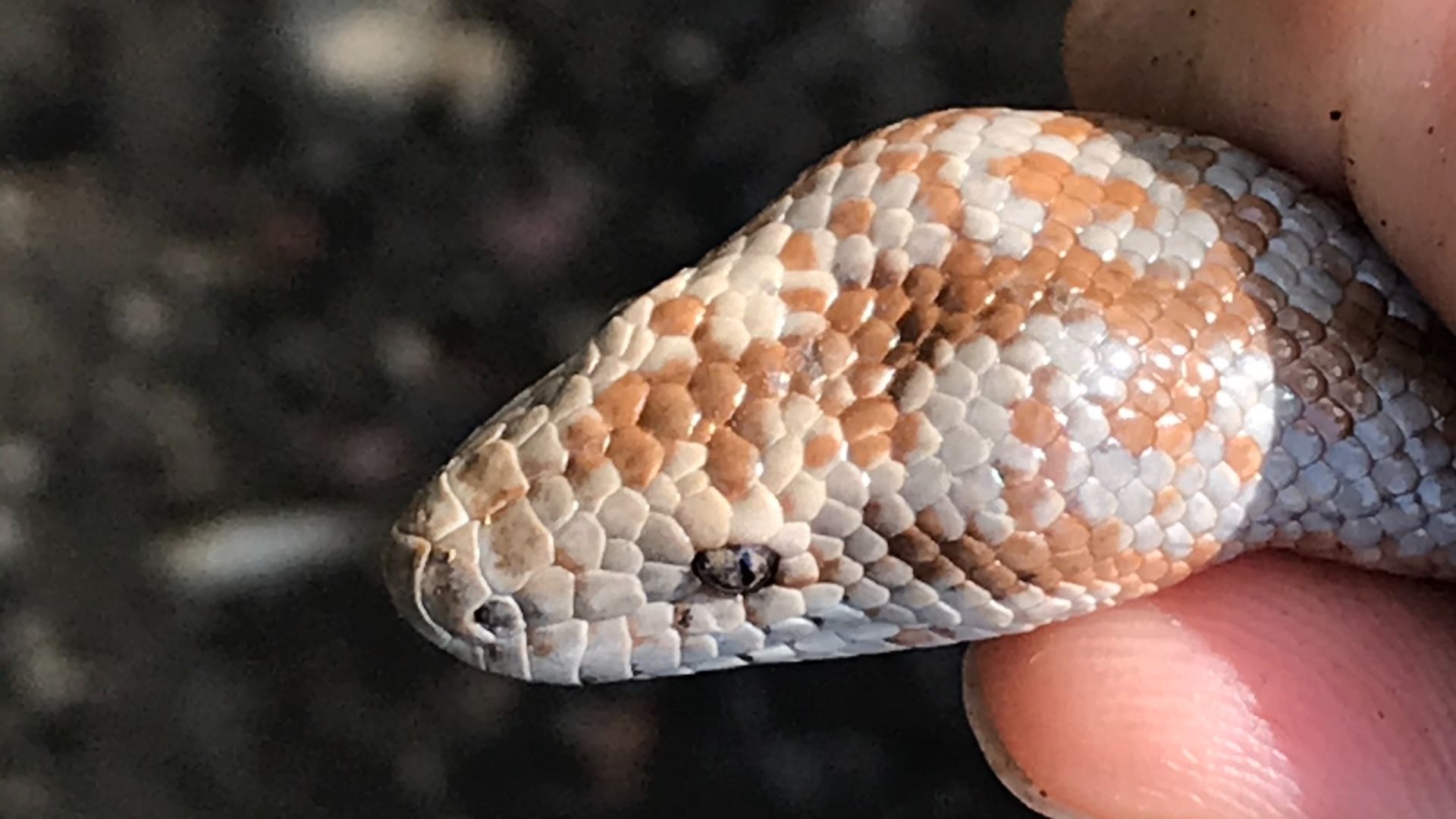 LJ Moore-McClelland on Wikimedia
LJ Moore-McClelland on Wikimedia
9. Ball Python
Despite its name, the ball python is known for their shy, reclusive tendencies—it rolls up into a ball when feeling threatened or intimidated. As a pet, it may take a while to build trust when handling one, but it's docile, gentle, and kind.
10. California Kingsnake
The California kingsnake is endemic to the US and Mexico, and like the milk snake, is a subspecies of the king snake. If you decide to keep more than one as a pet, make sure you separate their homes—they may attack and eat each other if enclosed in the same space.


